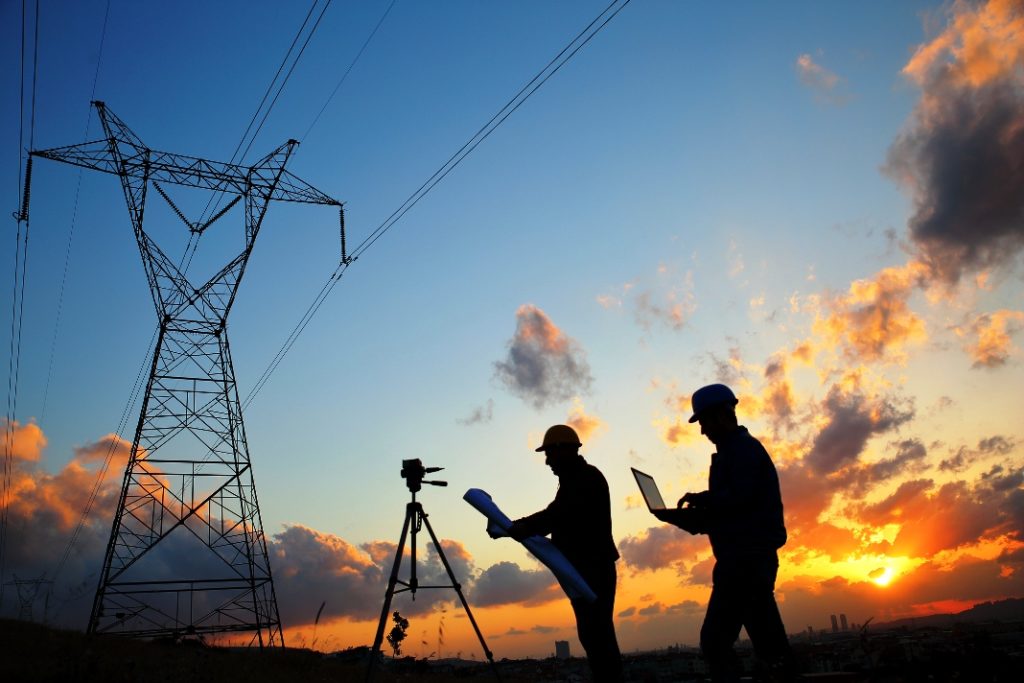
The nation’s power grid is headed toward senior citizen status, civil engineering experts agree, and addressing the complications that come with old age could cost $177 billion in the next decade.
That is the assessment of the American Society of Civil Engineers, which gave the nation’s overall infrastructure and its electricity delivery network grades of D+.
“The U.S. energy sector faces significant challenges as a result of aging infrastructure, including supply, security and reliability, and resiliency issues in the face of severe weather events, all posing a threat to public safety and the national economy,” the society said in a closely watched assessment.
The report, issued every four years, was released March 9, just as Congress and the Trump administration weigh creation of an infrastructure investment program.
Electric cooperatives have been active in that charge. CEO Jim Matheson has met with White House officials while co-op leaders have testified on Capitol Hill about the need to consider the role of co-ops in any infrastructure modernization program.
Graying and Decaying
According to the nonpartisan engineers, there’s a lot of work to be done.
Most transmission and distribution lines, whether they service IOUs, co-ops, municipal systems or other power producers, were built in the 1950s and 1960s. They are unequipped to deal with the movement of renewable energy over long distances, the group said.
“The lower 48 states’ power grid is at full capacity, with many lines operating well beyond their design,” it said.
Considering the age of the system, weather catastrophes, and attacks and vandalism, Americans experienced 3,571 power outages in 2015, with an average duration of 49 minutes, the society calculated.
Aging infrastructure and weather-related outages took $18 billion to $33 billion from the U.S. economy between 2003 and 2012, it added.
What to do? For one, spend money.
The engineers estimated the investment gap for electricity, including transmission infrastructure and generation facilities to support a modest growth in consumption, will reach $177 billion by 2025.
The group noted that funding for transmission and distribution is “generally not an issue.” Co-ops usually secure support from the Rural Utilities Service or the National Rural Utilities Cooperative Finance Corporation.
Regulated utilities face rate caps and can struggle to justify more reliable lines or long-term investments, the society said.
“Permitting processes present a particular challenge to energy infrastructure, amounting to substantial expenses and causing significant delays in the construction of critical lines necessary to bring renewable energy into the grid,” it noted.
Other Recommendations
Adopt a federal energy policy that carefully assesses needed changes, including alternative energy sources such as renewables and distributed generation, to provide clear direction for meeting current and future demands.
Develop a national “storm hardening” plan that considers investment in T&D, refinery, and generation systems that withstand storms or that enable rapid restoration of energy supply after storm events.
Promote usage of accepted engineering standards for all overhead T&D lines, pipelines, and support structures to help ensure safety and reliability.
Steven Johnson is a staff writer at NRECA